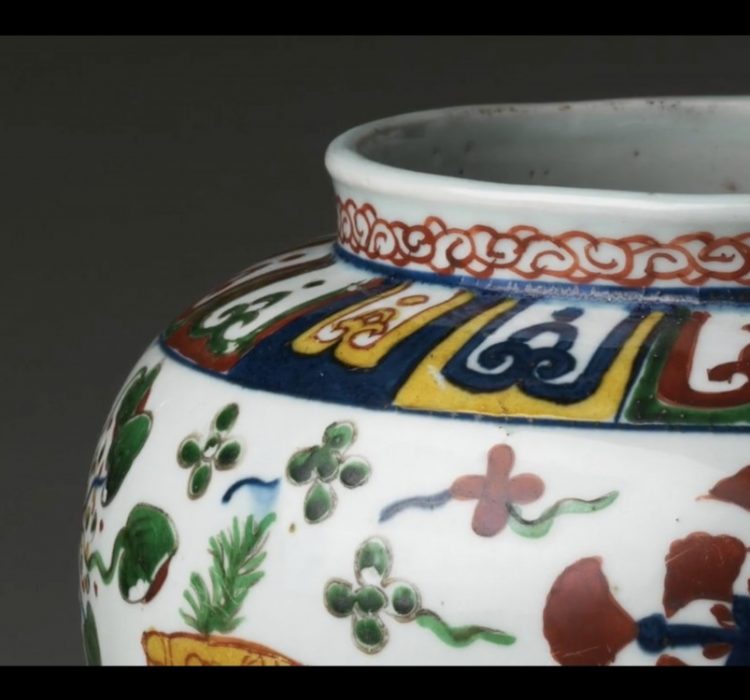May.17
Talking by making: pottery in the heart of Uji by Gianfranco Chicco
May.17
Ceramics and tea culture are both close to my heart so when Hosai Matsubayashi XVI invited me to practise pottery at Asahiyaki it felt like a dream come true. In November 2023 I embarked on a research trip to Japan for my book on what we could learn from Japanese craftspeople, shokunin, to improve how we…

Oct.05
Earlier this year I fell down a moon jar rabbit hole by Gianfranco Chicco
Oct.05
My interest in Korean ceramics had been growing over the years, at first as a way to better understand its Japanese counterpart, and later based on its own merit. While Japanese emperors, aristocrats and rulers like Toyotomi Hideshoshi had a penchant for karamono, elegant and luxurious tea wares and other objects originating in China, it…

Sept.21
The humble yunomi by Gianfranco Chicco
Sept.21
The yunomi is the workhorse of Japanese teaware. It’s the cup where you’ll be offered tea at a shop, a restaurant, an office or when visiting someone’s home. You’ll find it in daily use by people of all classes and backgrounds. Broadly speaking, Japanese tea cups and bowls can be classified as chawan, yunomi and…
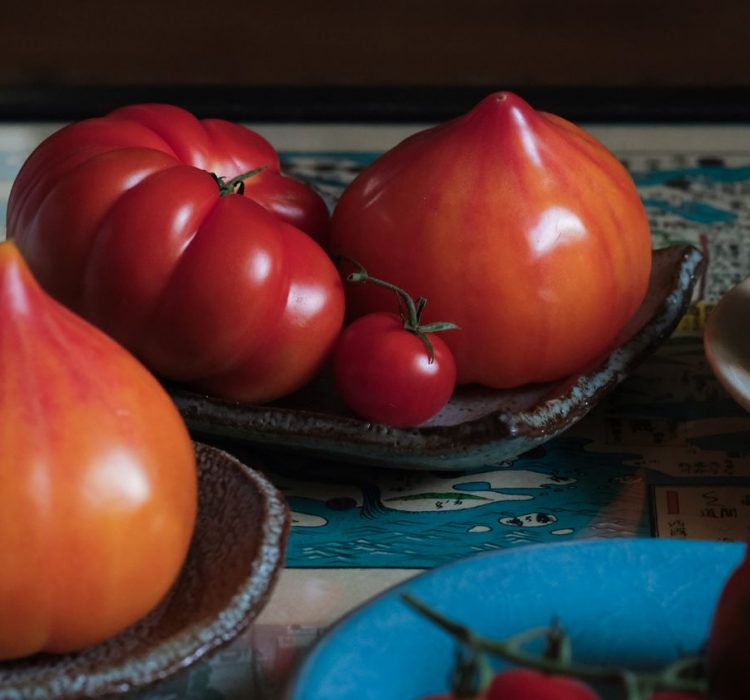
Sept.07
Tomatoes on Japanese ceramic plates taste better by Gianfranco Chicco
Sept.07
Do tomatoes taste better when eaten from a nice Japanese ceramic plate? Objectively, no. But the experience of serving and eating the tomatoes does improve. That is because human experience is not limited just to the physical characteristics of the food but how we interact with it, from the sensorial stimulation to the meaning we…
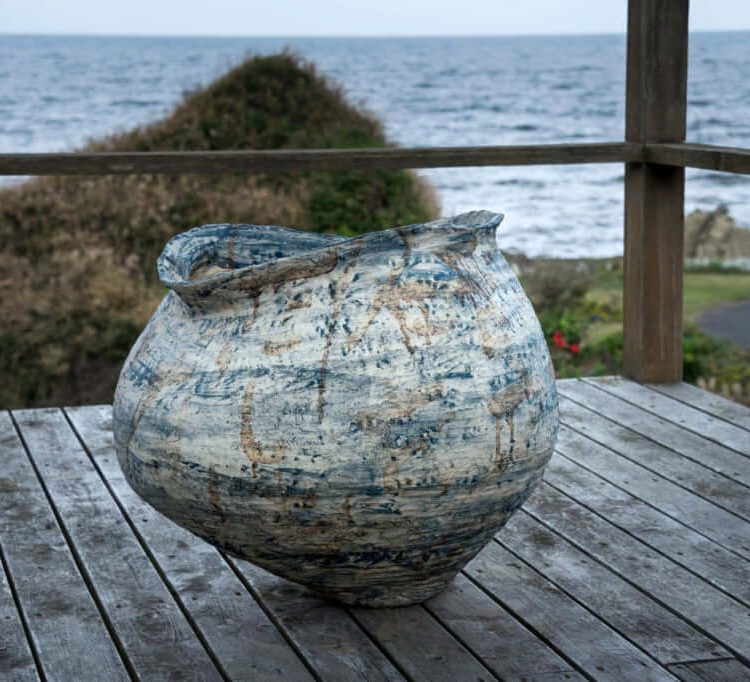
Dec.30
Kazunori Hamana, When Nature Does Its Work by Pen
Dec.30
In a little coastal village in Chiba Prefecture, the ceramicist creates pieces marked by their territory and by time and its effects. Natural clay from Shiga Prefecture, simple, natural materials from the soil, using both ancient and contemporary techniques. Kazunori Hamana’s ceramics are the work of a self-taught artist who draws upon the history of…
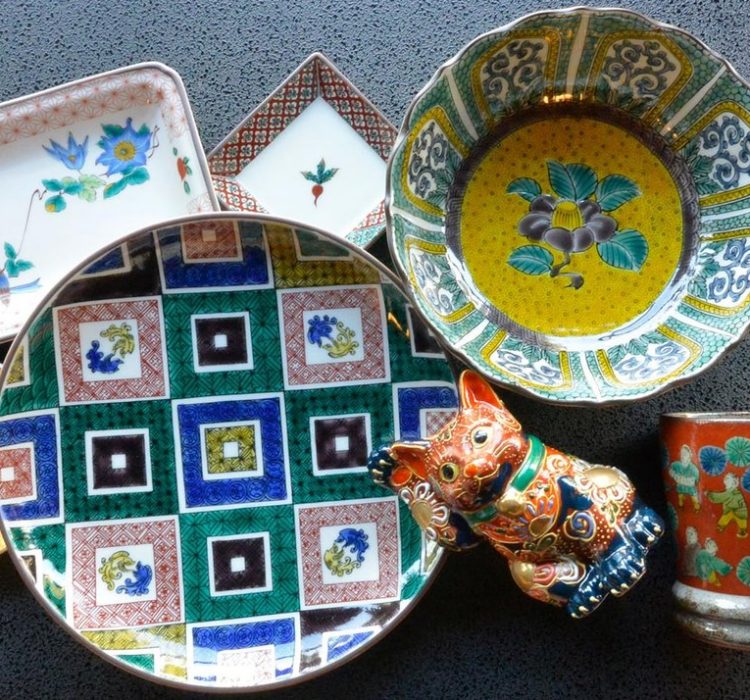
July.30
10 Things to Know about Kutaniyaki Japanese Ceramics by Japan Objects
July.30
Japanese ceramics are highly sought-after by pottery lovers everywhere. One of the many reasons for their enduring popularity is the sheer variety of ceramic art in Japan, with almost every region producing their own specialized works (see our A-Z guide for more). Kutaniware, or kutaniyaki, is one of the most fascinating. What’s so special about…

Oct.18
Evaluating Japanese tea bowls – KAKO Katsumi
Oct.18
A potter with only one year of full time training could produce mass produced tea bowls using a mold, using an energy efficient electric kiln ensuring minimal damage to works during firing, resulting in a pleasant yet unremarkable bowl which retails for about $50. KAKO Katsumi, who made the featured piece here, has about 30…

July.04
WAKAMIYA TAKASHI Part of the new generation of lacquer artists
July.04
Simon Pilling
Japanese lacquer – urushi – is one of the wonders of traditional Japanese craft. From the moment of its discovery by the West, with the arrival of Portuguese traders in the mid-16th century, it was sought by royal, aristocratic and wealthy families in Europe and the United States. Inevitably expensive due to the time, patience…
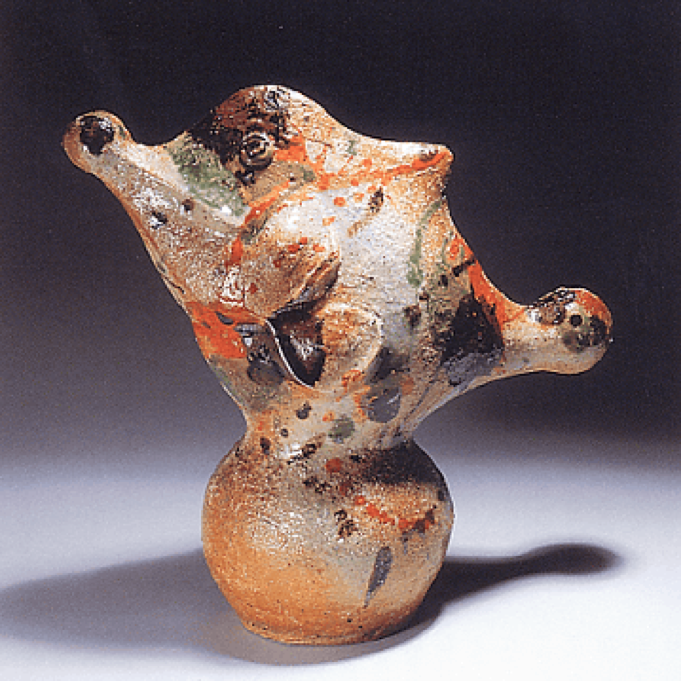
Jan.19
Kawai Kanjiro
Jan.19
Robert Yellin
Kawai Kanjiro By Robert Yellin In the wake of the great tide of industrialism in the early part of this century, something of the human touch and spirit was lost in everyday articles of use. It was with a sense of urgency that Yanagi and his lifelong companions, the potters Bernard Leach, Hamada Shoji, Tomimoto…







